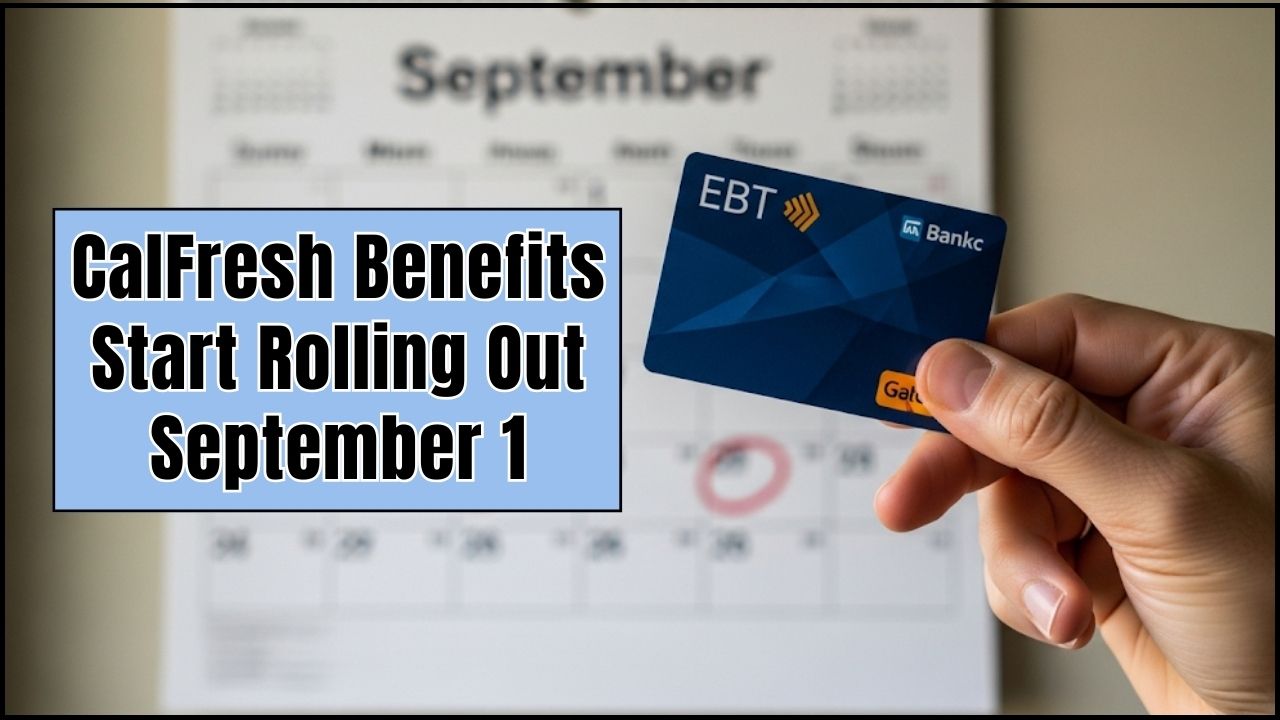Social Security is a vital part of retirement for millions of Americans. Whether you’re just beginning your career, thinking about retirement, or already in your golden years, understanding how much you can expect to receive from Social Security can greatly impact your financial planning. For 2025, the maximum monthly payout has reached an impressive $5,108, but achieving this amount is not for everyone. Let’s break down exactly how you can qualify for the full Social Security payout, and what factors determine the amount you’ll receive.

While $5,108 per month sounds like a dream come true, not everyone will receive this amount. Social Security benefits are based on your lifetime earnings, when you decide to retire, and how long you’ve worked and contributed to the system. The good news is, you can take steps to maximize your payout.
Social Security Max Payout in 2025
| Topic | Details |
|---|---|
| Maximum Monthly Benefit | $5,108 (age 70) |
| Average Monthly Benefit | $1,976 (as of January 2025) |
| Maximum Taxable Earnings (2025) | $176,100 |
| Age to Maximize Benefit | 70 (delayed retirement) |
| Full Retirement Age (FRA) | 66 years and 10 months (for those born in 1955) |
| Minimum Years of Work for Max | 35 years of earning at or above the taxable maximum |
In 2025, the maximum Social Security payout will hit $5,108 per month, but only those who meet strict requirements will receive that amount. By working for 35 years with maximum earnings, delaying retirement until age 70, and understanding the rules around full retirement age, you can significantly increase your Social Security benefits.
While the majority of retirees will receive less than the maximum, the more informed you are, the better you can plan for a comfortable retirement. By understanding the system and taking action today, you can maximize your benefits and enjoy the financial security you deserve in retirement.
Understanding Social Security Payouts
Social Security benefits are calculated based on how much you’ve earned throughout your working life. If you’ve earned a higher income and paid into the system, your benefits will be higher, up to a set limit. For 2025, that limit is $176,100. Earnings above that threshold don’t increase your benefits.
The amount you receive is also impacted by when you decide to retire, how many years you’ve worked, and your total earnings over your lifetime.
Factors That Affect Your Social Security Benefit
- Lifetime Earnings: The more you’ve earned over your career, especially in the years leading up to retirement, the higher your Social Security benefit will be. Social Security uses your highest 35 years of earnings to calculate your benefit.
- Retirement Age: If you retire early (before age 66 and 10 months), your benefit will be permanently reduced. Waiting until you’re 70 to claim benefits allows you to receive the maximum payout, as your monthly benefit increases by approximately 8% each year you delay past your full retirement age (FRA).
- Work History: If you haven’t worked for 35 years or earned significant income during your career, your benefit amount could be lower. If you’ve worked fewer than 35 years, Social Security will use “zero” earnings for any years you didn’t work.
How to Qualify for the Maximum Social Security Payout in 2025
Let’s get into the specifics of what you need to do to qualify for the maximum $5,108 benefit.
1. Earn the Maximum Taxable Earnings for 35 Years
The key to qualifying for the highest Social Security payout is earning at least $176,100 per year for 35 years. If you earned above this limit in any year, Social Security will only count the taxable maximum of $176,100 toward your benefits.
For example, let’s say you had 20 years of earning the maximum taxable earnings and 15 years of lower earnings. The years where you earned less will negatively affect your Social Security calculation. However, if you consistently earned at or above the taxable maximum for 35 years, you’ll be set to receive the maximum payout.
2. Wait Until Age 70 to Start Claiming Benefits
To get the highest monthly benefit, it’s crucial to wait until you’re 70 to claim Social Security. If you claim at your FRA (66 years and 10 months for those born in 1955), you will receive 100% of your calculated benefit. But if you delay until 70, your benefit will increase by about 8% per year, reaching 132% of your original benefit.
Let’s say you’re eligible for $3,500 per month at FRA. By waiting until 70, your monthly payout increases to $4,620. For many, waiting a few extra years to claim benefits can make a huge difference over time.
3. Full Retirement Age (FRA) Matters
Your Full Retirement Age (FRA) is determined by your birth year. For individuals born in 1955, your FRA is 66 years and 10 months. If you claim Social Security at this age, you’ll receive your full monthly benefit. Claiming before your FRA results in a permanent reduction, while claiming after FRA increases your monthly benefit.
4. The 35-Year Work Rule
To qualify for the maximum benefit, you must have worked for 35 years and earned the maximum taxable earnings each of those years. If you’ve worked less than 35 years, your benefit will be calculated using zeros for the missing years. This reduces the overall benefit.
Real-Life Example: What Will Your Benefits Be?
Let’s take a look at two hypothetical workers with different earnings histories:
Worker 1: Max Earnings for 35 Years
- Earns at or above $176,100 for 35 years
- Retires at age 70
- Receives $5,108 per month in Social Security benefits
Worker 2: Mixed Earnings
- Earns $60,000 for 20 years and $120,000 for the remaining 15 years
- Retires at age 66
- Receives $3,200 per month in Social Security benefits
While Worker 1 maximizes their benefit by earning the maximum taxable amount and delaying retirement, Worker 2’s payout is lower due to fewer years of high earnings and an earlier retirement age.
Tips for Younger Workers: Start Planning Early
It may feel like Social Security is a long way off for younger generations like Millennials or Gen Z, but planning early can set you up for a more comfortable retirement. Here are some tips:
- Maximize Your Earnings: Start working toward maximizing your earnings now. As you earn more, save more, and pay attention to your retirement savings.
- Save for Retirement Outside of Social Security: While Social Security will help, it won’t be enough for most people to live on alone. Start investing in other retirement accounts like a 401(k) or an IRA.
- Track Your Earnings: Make sure your Social Security earnings record is accurate. Check your record regularly on the Social Security website to ensure everything is correct.
Social Security Considerations for Couples
If you’re married, you and your spouse can both receive Social Security benefits, but there are some things to consider:
- Spousal Benefits: If your spouse’s benefits are lower than yours, they can receive a spousal benefit that is up to 50% of your benefit at your FRA.
- Survivor Benefits: If one spouse passes away, the surviving spouse can receive the higher of the two benefits. This is especially important for couples with large differences in earnings.
FAQs
1. What happens if I don’t work for 35 years?
If you don’t work for 35 years, Social Security will count “zero” earnings for those missing years. This will lower your overall benefit.
2. Can I work after claiming Social Security?
Yes, you can continue working after you begin collecting Social Security. However, if you’re under your FRA and earn over a certain threshold, your benefits may be reduced.
3. How does Social Security adjust for inflation?
Social Security benefits are adjusted each year based on the Cost of Living Adjustment (COLA) to keep up with inflation.
4. What if I don’t qualify for the maximum payout?
That’s okay! Most retirees don’t receive the maximum benefit. The key is to start planning early and to work towards maximizing your benefit.





